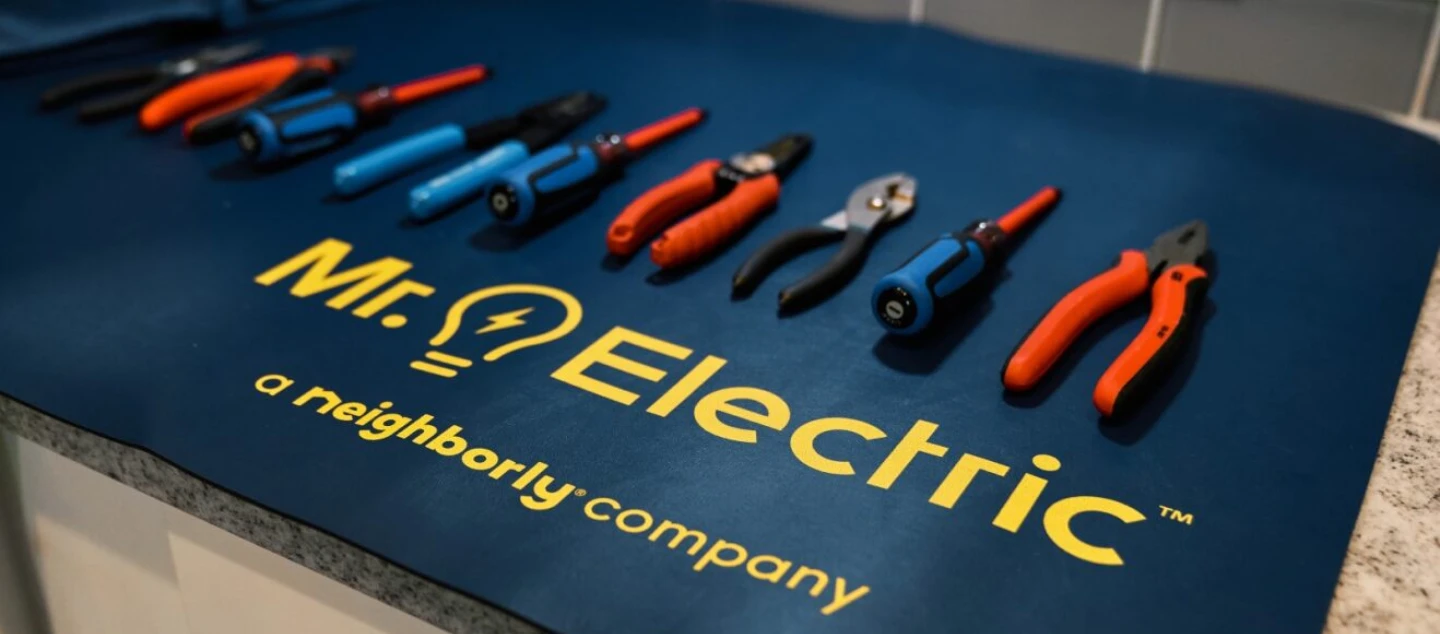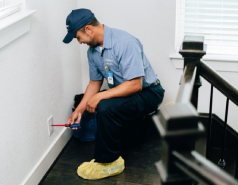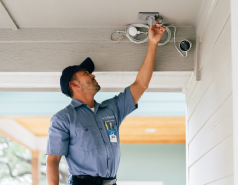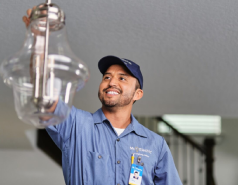Automated lighting is a valuable part of a broader home automation system, and light timers are one of the easiest ways to begin making your home smarter. They provide structure to your lighting use and eliminate the need to remember switches throughout the day or night.
Here are just a few of the ways light timers contribute to an automated, energy-efficient home:
- Energy savings: By only running lights when needed, timers help reduce unnecessary power usage and lower utility bills.
- Routine support: Scheduled lighting can sync with your family’s daily routines, such as illuminating hallways during early mornings or turning off lights during sleeping hours.
- Security: Keeping lights on at predictable or randomized intervals while you’re away creates the appearance of occupancy, helping to deter unwanted visitors.
- Extended bulb life: Reducing the amount of time bulbs stay on can help extend their lifespan, especially for lights in high-use areas.
- Convenience: Whether you’re coming home late or traveling, automated lighting means one less thing to worry about.
As part of your overall home automation plan, light timers can work alongside other smart devices to streamline your environment. For instance, timers can coordinate with your thermostat, window coverings, or even entertainment systems for complete lifestyle management. Whether you prefer standalone light timers or want to integrate them into a larger system, Mr. Electric of Columbia can help you determine the best configuration for your needs.
Lighting Automation Services for Every Space
In addition to light timer installation, Mr. Electric of Columbia offers a variety of lighting automation services designed to increase comfort, reduce energy usage, and make your lighting system more intuitive. We install and configure the following devices:
- Light sensors: These sensors detect ambient lighting conditions and automatically turn lights on or off based on surrounding brightness. Light sensors are useful in areas such as garages, entryways, and outdoor spaces.
- Light dimmers: Dimmers allow you to control light intensity, helping you set the right mood while saving electricity.
- Motion sensors: These sensors activate lighting when movement is detected in a room, then turn lights off once the area is unoccupied. They are especially practical in utility rooms, closets, and hallways.
- Occupancy sensors: Designed to detect human presence, occupancy sensors manage lighting based on activity. They are ideal for places where lights often get left on, such as offices or kids' rooms.
These devices can function individually or work together to provide customized lighting automation across your home. Whether you’re looking to control a single fixture or develop a full-house system, we are here to assist you in creating the right setup for your space.













